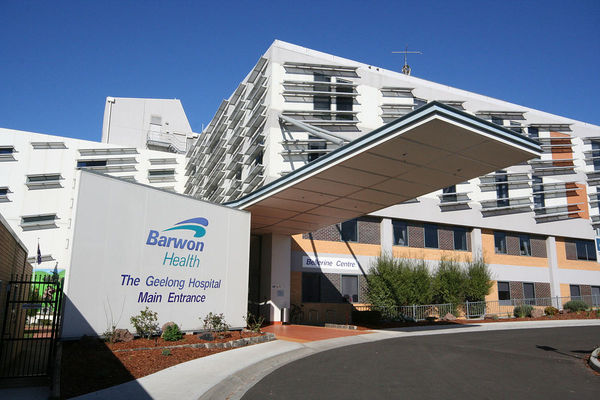By Luke Voogt
Geelong’s busiest emergency department has missed out on influx of security guards for hospitals around Victoria despite increases in threats toward staff.
Barwon Health declined to apply for Geelong Hospital’s share of the 123 additional security guards, opting to upgrade security at a palliative care centre instead.
The State Government provided $71,333 to increase security hours at North Geelong’s McKellar Centre, said Barwon Health chief executive officer Ruth Salom.
“For some time now, we have had on-site security at the McKellar Centre after hours, and it is great that this now can be extended to 24 hours a day,” she said.
“This will give peace of mind to the many residents, patients, staff and volunteers on this site.”
The McKellar Centre site is home to 281 residents and has 100 beds for inpatient rehabilitation and palliative care.
Barwon Health had identified the centre as a priority after already increasing security at Geelong Hospital, Prof Salom said.
“We put in place an extra 24/7 security (guard) in the emergency department this year and have increased security at University Hospital Geelong by a third.
“Security on the University Hospital Geelong site is provided 24 hours and this additional funding for McKellar reflects how busy this site has become.”
The decision to base the guards at McKellar comes after reports of a 60 per cent increase in threats towards emergency staff.
An average of 45 “code grey” incidents occurred each month this year, including 70 in May, up on 28 in 2016, according to Barwon Health data.
Code grey incidents are personal threats from patients or visitors who are unarmed, which can include physical or verbal interactions.
Barwon Health reported 516 incidents of occupational violence during 2015-16.
The health provider lobbied the State Government for funding to bolster security and a “behavioural assessment room” earlier this year.
“A behavioural assessment room for the emergency department is in a planning phase, pending receipt of funds,” Prof Salom said.
Greater Geelong recorded a quadrupling of ice-related callouts from 2011-12 to 2014-15, according to Ambulance Victoria statistics.
Paramedics treated 88 ice-affected patients in 2014-15 compared to 19 in 2011-12.
Ambulance Employees Australia’s Steve McGhie encouraged Barwon Health to apply for additional guards for the safety of their staff, paramedics and the public.
“The emergency ward has a level of agitation and aggression because it’s such a busy place,” he said.
“There’s obviously an increase in drug and alcohol affected patients being brought in by ambulance.
“I know of instances where paramedics have been abused or threatened – no different to the other health care workers.”








